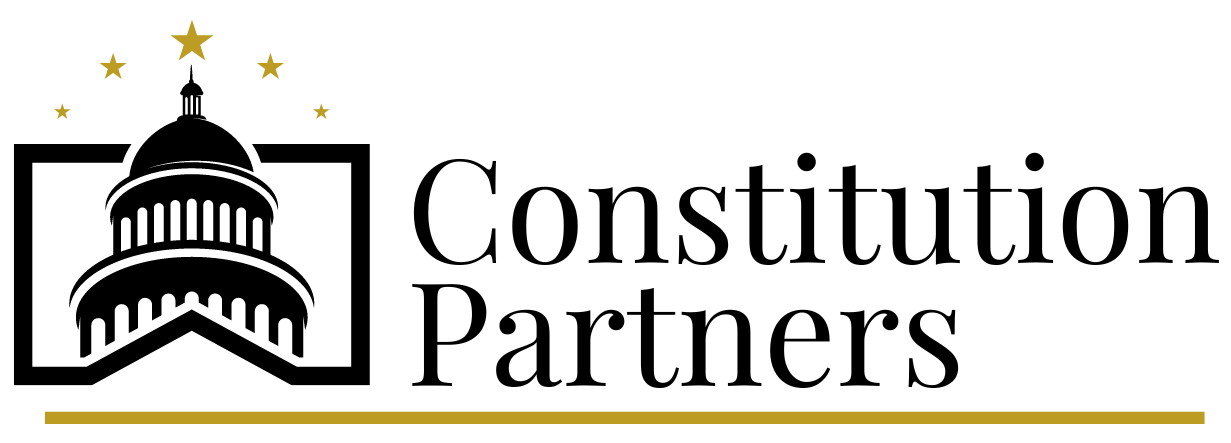Additional Details on Major Trade Actions
On February 1, 2025, President Donald Trump issued executive orders imposing tariffs on imports from China, Canada, and Mexico in response to alleged illicit drug flows, organized crime, and illegal immigration. These tariffs would have taken effect on February 4, 2025 - only tariffs on China remain planned for implementation at this time. The measures apply broadly across multiple industries, with potential further escalation if retaliatory actions occur.
KEY UPDATE: President Donald Trump and Mexican President Claudia Sheinbaum announced Monday that they have agreed to postpone the implementation of tariffs on Mexico by at least one month following a call between the two leaders. As part of the agreement, Mexico will deploy 10,000 soldiers to its northern border to curb the flow of fentanyl and unauthorized immigration into the United States.
KEY UPDATE: President Donald Trump and Prime Minister Justin Trudeau spoke at 3pm EST on Monday and announced a one month delay to tariff implementation. Canada is appointing a new fentanyl czar, will list cartels as terrorists and launch a joint “strike force” with the US to fight organized crime, drug trafficking and money laundering. Canada is also going ahead with a CAN$1.3 billion ($901 million USD) plan it announced in December to add more border security resources, including helicopters.
The Executive Order Tracker by Constitution Partners is updated and you can find summary information about each specific executive order from this weekend in the Trade & Tariffs section.
Trump’s latest tariff actions are significantly more aggressive compared to those implemented during his first term.
In Trump 1.0, tariffs were applied to approximately $380 billion worth of imports over the span of several months, primarily targeting goods from China.
In Trump 2.0, tariffs will impact an estimated $1.4 trillion worth of imports within just a few days, with a substantial focus on goods from U.S. allies such as Canada and Mexico.
All three affected countries have either implemented retaliatory measures or are in the process of preparing them. Canada has provided the most detailed and explicit response.
Effective February 4, 2025, Canada is imposing 25% tariffs on CAN$30 billion worth of goods imported from the United States. These tariffs are effective immediately and will remain in place until the U.S. lifts its tariffs against Canada. Notably, Canada’s countermeasures do not apply to U.S. goods already in transit to Canada as of the effective date.
Click here to view the publicly announced list of affected products
A second list, valued at CAN$125 billion, will be published and subjected to a 21-day public comment period. This list is expected to include passenger vehicles and trucks (including electric vehicles), steel and aluminum products, certain fruits and vegetables, aerospace products, beef, pork, dairy, trucks and buses, as well as recreational vehicles and boats.
Some Canadian provincial leaders have also announced they are considering additional measures. These include:
British Columbia: Banning U.S. liquor and excluding U.S. products from provincial procurement contracts.
Nova Scotia: Canceling existing contracts with U.S. companies, rejecting future bids from U.S. firms, doubling tolls for U.S. commercial vehicles entering at the Cobequid Pass, and banning U.S. alcohol.
Ontario: Implementing a ban on U.S. alcohol.
Quebec: Introducing penalties for U.S. companies in provincial procurement processes.
Regarding China’s response to the tariff action, it is actively investigating a WTO complaint and have hinted at additional, yet unspecified, countermeasures.
On Monday, February 3, President Donald Trump and Mexican President Claudia Sheinbaum announced that they have agreed to postpone the implementation of tariffs on Mexico by at least one month following a call between the two leaders. As part of the agreement, Mexico will deploy 10,000 soldiers to its northern border to curb the flow of fentanyl and unauthorized immigration into the United States. Should tariffs be levied, initial reporting indicates that retaliatory measures may target products such as pork, cheese, fresh produce, and manufactured steel and aluminum, while automobiles appear to be excluded. Additionally, the response could involve carousel retaliation, where targeted products are periodically rotated to maximize economic impact and create uncertainty for exporters.
Read more about each of these executive orders in our Trade & Tariffs section of the CP Executive Order Tracker.
